Weekly birding round-up: 17 - 23 Oct
It was very much the turn of birds from the east to shine this past week, with a fabulous array of new arrivals the length of the country for birders to savour. However, it was hard to get past the staggering, belated news of the one that had got away in Shetland, an arrival in the wake of the first powerful, named storm of the autumn. Storm Amy brought us a first for the Western Palearctic. Alas, we didn’t know about it until after the event.
Rumours drifting out of Shetland the past fortnight have been of a few somewhat disaffected visiting birders – hard to believe when there’s been a showy male Siberian Thrush there lately, but perhaps in the wake of several mind-blowing autumns on the archipelago in the past couple of decades, this year might be perceived by visitors to be something less than a classic.
Thing is, you can never write Shetland off. It’s got quite the habit of pulling a rabbit from the hat at the eleventh hour – sometimes, to be fair, after the clock’s rung time on the autumn – the (very) belated realisation in early 2021 that Britain’s first Eastern Long-legged Buzzard had passed through South Mainland and Fair Isle in autumn 2019 being an acute case in point.
So for those birders who had, by this point in autumn 2025, decamped from Shetland for another year, and headed back to the British mainland to return to try their chances elsewhere, breaking news this week that a Western Palearctic first had been present on the archipelago sometime early last week may have been a little bit of a sickener.
A photo of a Great Crested Flycatcher was sent to former Fair Isle Bird Observatory warden and long-term Shetland resident birder Paul Harvey who, once he’d recovered from the initial shock, was able to confirm the bird had been seen on Mainland Shetland, and that the sighting wasn’t a hoax. Alas, the breaking news also came with confirmation that the bird had been looked for, and there was no further sign of it to be seen.
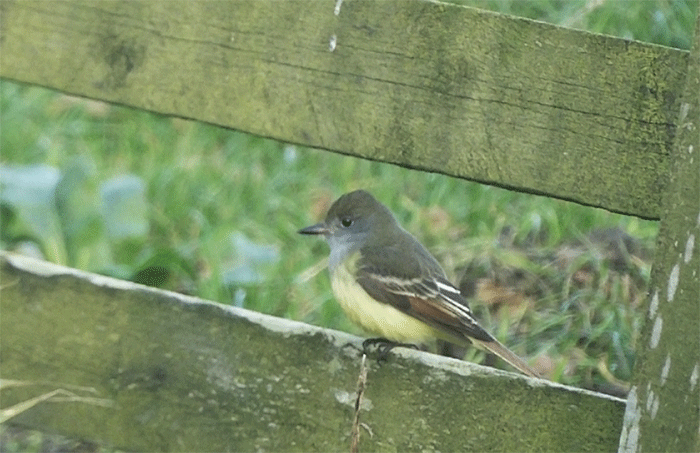
Birders being birders, the rumour mill span into overdrive online, fruitlessly and pointlessly. One of these days even the most obsessive outliers of our tribe will surely realise we can’t see every bird, and nor do we have any right to do so. Some birds will simply be the ones that got away. And more often than not, despite the more fervid conspiracy theories, there’s nothing sinister going on behind the scenes.
In this instance, someone found a very rare bird recently in their garden in Shetland. The first of its kind to be recorded in the Western Palearctic. They invited a friend to come and see it, and the rest, as they say, is history. And that is all.
There are few eastern vagrants with quite the potency that’s wrapped up in Rufous-tailed Robin - just four accepted records on the books since the first, and that not so very long ago on 23rd October 2004, on Fair Isle (Shetland). And not one of those four birds could be said to have been truly twitchable – all one-day birds, and three of those on islands in Orkney and Shetland, one of which was picked up dead, on North Ronaldsay (Orkney) on 2nd October 2010.
The nearest we’ve come to an accessible bird was that found in Norfolk at Warham Greens on 14th October 2011. News of that broke in the late afternoon and, while the bird remained on show until dusk, there was no sign of it there the following morning. For all but the fortunate few who could get there in time, it might as well have been on Shetland or Orkney.
And after that bird, just one more – a fleeting wraith on Fetlar (Shetland) on 6th October 2019. It’s fair to say they have form for being colossally frustrating. You’re either in the right place at the right time or… well, you’re not.
The same goes for this week’s bird, found on North Ronaldsay in the morning of 21st, and not seen at all there for the rest of the day, nor subsequently. For now, still one of the ultimate Sibes…
There was a period in the 1980s and early 1990s in which Scilly was the place in which to catch up with an Eyebrowed Thrush - the Fortunate Isles enjoyed a super run of six records in the space of 1984 to 1993. The first four of those were all one-day birds but, with this being Scilly’s heyday, when the islands were ramajam with birders, there was ample opportunity to catch up with at least one of those.
And then two supremely obliging individuals – one that was seen on St Mary’s and Tresco alike in the space of a week-long stay during 12th-18th October 1991; and then another that notched up 10 days on St Mary’s and St Agnes on 7th-16th October 1993.
It all seemed so easy. And then suddenly, it wasn’t.
Sure, there’ve been over a dozen British records since those heady days, but on Scilly? Not a sausage.
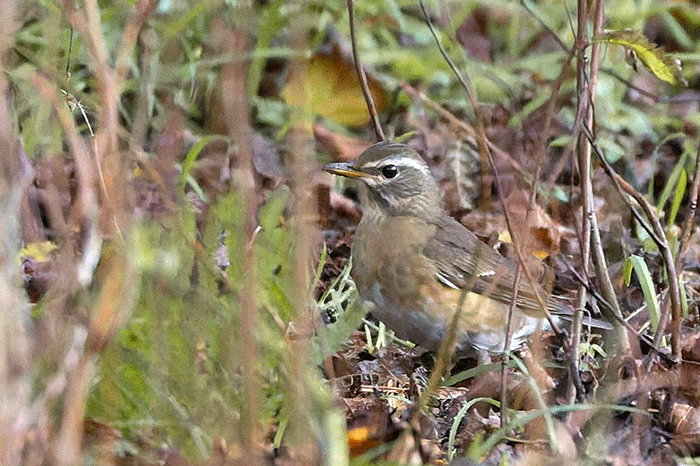
Understandable euphoria then this week with the discovery of a bird on St Mary’s on 21st. While not always the easiest of birds to catch up with, it was still present on the island on 22nd, allowing a new generation of Scilly autumn visitors their chance to enjoy this apricot-hued beauty anew.
We’ve already been blessed with one Black-faced Bunting this autumn, albeit one that was only identified as such in the dying gasps of daylight on Shetland Mainland near Sandwick on 28th September. However, for all but those within a short drive of the site, there was barely time to react and get there to see it before night fell. With some sad inevitability, it had moved on by the following day.
This week went a long way to putting that near-miss right, for we not only enjoyed another Shetland bird, but this was prefaced by a delightfully showy example on the British mainland – a bird found at Spurn (East Yorkshire) in the morning of 20th, and one that went on to show well there until the late afternoon of 22nd.
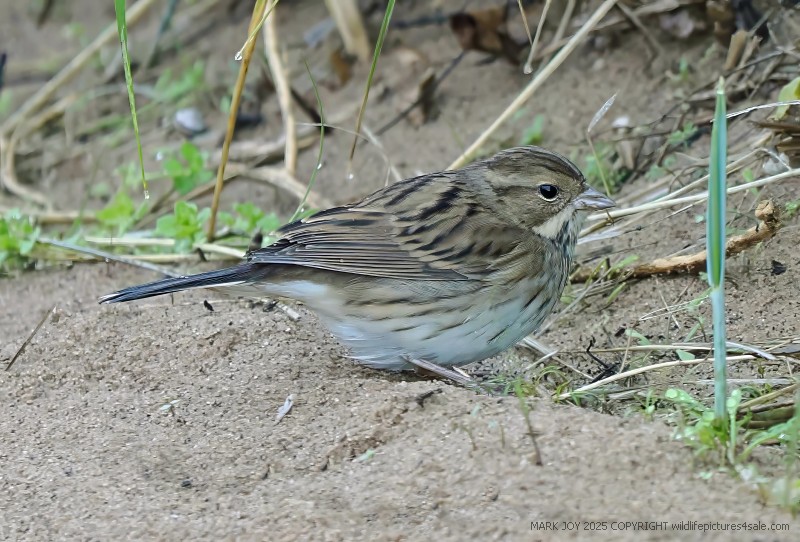
And so back to Shetland, where the week’s second bird was found on Mainland at Brig o’ Fitch in the early afternoon of 21st – just north of Lerwick, and hence conveniently centrally located for local birders when it was relocated there in the late afternoon.
Does the autumn hold another bird for us somewhere in Britain? We’d not bet against it.
Something of an Indian summer this week on the seabird front, with a flurry of late activity and some fresh faces to be seen. Foremost among those was a Black-browed Albatross seen passing Cape Clear (Co.Cork) in the afternoon of 18th.
A Fea’s Petrel sp was seen on 22nd at sea some 20 miles northwest of Boscastle (Cornwall).
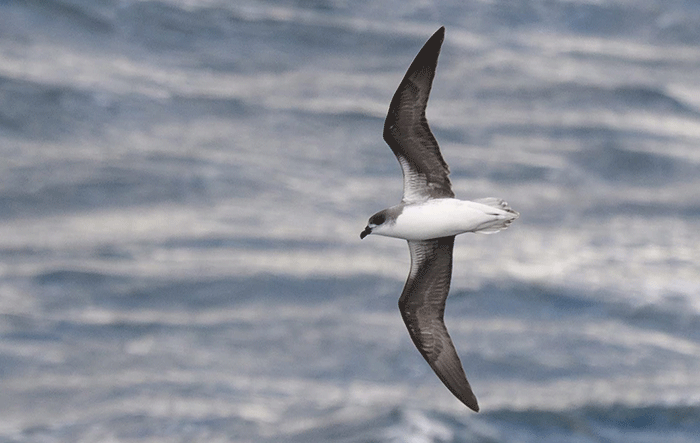
Great Shearwater numbers soared once more, with a little over 11,000 birds reported over the course of the week, with a peak count from Dun Na Mbo (Co.Mayo) of 6,500 individuals on 21st.
Numbers of Cory’s Shearwater were an entirely more subdued affair – single birds were noted at Lowestoft (Suffolk) on 18th, and on 19th at Southwold (Suffolk) and Pettycur (Fife); and six were seen from Dursey Island (Co.Cork) on 19th. That is, until 23rd, when 295 were seen passing Strumble Head (Pembrokeshire).
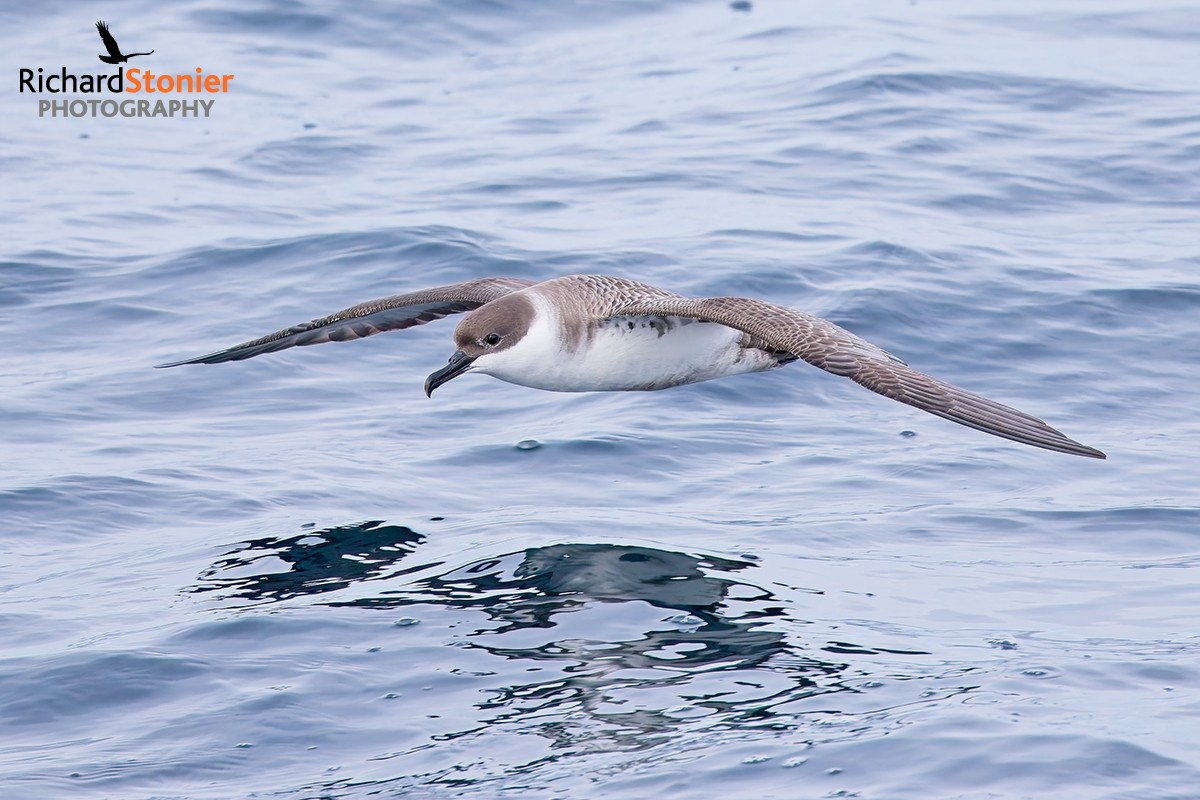
Balearic Shearwater were similarly in abeyance – three were seen from Pendeen (Cornwall) on 23rd; two were seen from Fife Ness (Fife) on 17th; and singletons at Kinnaber (Angus) on 17th, Shoalstone Point (Devon) on 19th, Brora and Embo (Highland & Caithness) on 19th, and Portland (Dorset) on 20th.
Southwestern waters delivered a few Leach’s Petrel - two were seen from the Scillonian on 18th; three from Pendeen (Cornwall) on 20th; and five from St Ives (Cornwall), also on 20th. A single bird was seen from Lavernock Point (Glamorgan) on 21st; and a singleton at Hook Head (Co.Wexford) on 19th. An inland wrecked bird was on Rutland Water (Leicestershire) on 23rd, while another was seen that day from Cromer (Norfolk).
Around 240 Pomarine Skua maintained a strong presence for their kind around our shores this past week. Long-tailed Skua were seen in far lower numbers, with some half a dozen birds initially noted – from the ferry between Lochmaddy and Uig (Western Isles / Highland & Caithness) on 18th; on 19th off Spurn (East Yorkshire) and Whitburn CP (Co.Durham); on 21st from Thorpeness (Suffolk), and Bridges of Ross and Loop Head (Co.Clare); and on 22nd from Unst (Shetland) – latterly, on 23rd, things picked up a little with duos seen from Old Hunstanton (Norfolk), and Pendeen and St Ives (Cornwall), and single birds at Birchington (Kent), Huttoft Bank (Lincolnshire), and Easington (East Yorkshire); and a probable in Kent at Reculver.
The recent White-billed Diver remained off Out Head (Fife) on 17th-18th.
Also staying put, the adult Pacific Diver was still present at Crookhaven (Co.Cork) on 17th-23rd.
A mere scatter of Little Auk were logged this week – single birds seen at Spurn (East Yorkshire) on 17th; Portland (Dorset) on 20th; off Unst (Shetland) on 21st; and from Kinnaird Head (Aberdeenshire) on 22nd. On 23rd sightings in Kent came from Shellness and Tankerton; at Pendeen (Cornwall), where seven were noted; and Bamburgh (Northumberland).
On to long-legged beasties, and check, still tons of Glossy Ibis to be seen out there.
Variety came in the form of a Purple Heron seen in flight over St Agnes Beacon (Cornwall) on 17th.
A Corncrake was found on North Ronaldsay (Orkney) on 17th.
Plenty to go at this week amongst the honkers and quackers, and we’ll kick off with The Goose Formerly Known As Canada - interior Todd’s Canada Goose were seen on 17th on Islay (Argyll & Bute) still; on 18th-19th around Goswick and Cheswick (Northumberland); on 21st at Ballygilgan NR (Co.Sligo); and on 22nd on Tiree (Argyll & Bute). Ballygilgan NR also held a hutchinsii Richardson’s Cackling Goose on 18th-21st; while another was present on Islay (Argyll & Bute) on 19th still. A Cackling Goose was present at Cross Lough (Co.Mayo) on 20th-21st; and a possible Taverner’s Cackling Goose on Islay (Argyll & Bute) on 18th.
The settled Ross’s Goose remained with the Pink-footed Geese at Marshside RSPB (Lancashire & North Merseyside) on 17th-20th; and was seen at Hundred End on 22nd.
Two Snow Goose were hanging out with the Canada Geese on the Isle of Wight at Alan Hersey NR on 22nd. Another remained in Aberdeenshire at Fail Loch on 23rd.
The Red-breasted Goose was back again on Islay (Argyll & Bute) on 18th.
A Black Brant was seen in Essex at Wakering Stairs on 18th.
Over in Dorset, the recent female Baikal Teal remained at Abbotsbury Swannery (Dorset) on 17th-23rd.
The prior week’s Green-winged Teal remained at Welney WWT (Norfolk) on 17th-23rd, with another still on Loch Fleet (Highland & Caithness) on 17th, and further birds found on 17th at Lake Vyrnwy RSPB (Powys), and on 23rd on Barra (Western Isles).
American Wigeon lingered at Bishop Middleham (Co.Durham) on 17th-23rd, and Newshot Island (Clyde) on 17th-18th. Additional birds were seen on Sanday (Orkney) again on 21st, at Heversham (Cumbria) on 17th-22nd, and again at Skyreburn (Dumfries & Galloway) on 23rd.
Numbers of Ring-necked Duck took a bit of a tumble in recent days, with around 25 birds logged across Britain and Ireland, the peak count of their kind being four birds still present at Loch of Wester (Highland & Caithness) on 17th; two were present on Lough Gara (Co.Sligo) on 23rd.
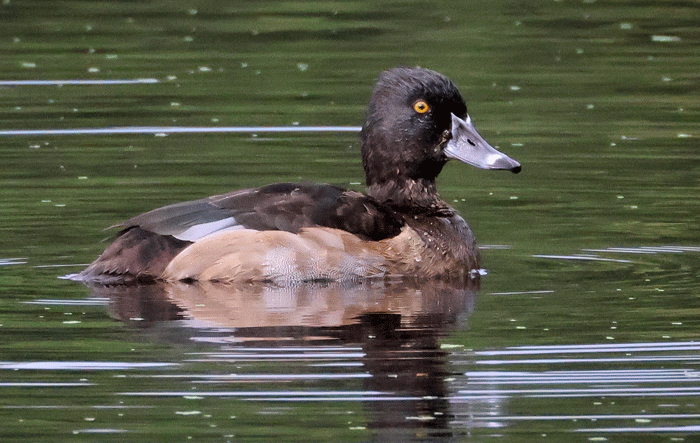
The drake Lesser Scaup remained at Gouthwaite Reservoir (North Yorkshire) on 17th-18th, while the recent drake remained on Lewis (Western Isles) on 19th-21st. Another drake was found at Tacumshin (Co.Wexford) on 19th-21st.
A Ferruginous Duck drake was seen at West End GPs (Lincolnshire) on 23rd.
One of the recent Irish Harlequin Duck remained in Co.Donegal this week, being seen at Carrickboyle again on 20th-21st, and distantly off Port Arthur Beach still on 22nd-23rd.
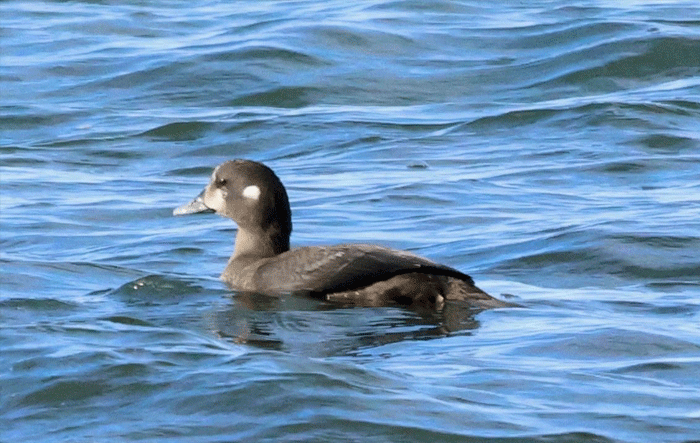
The drake Black Scoter remained off the Northumberland coast this week, being seen at Cheswick Sands on 17th, and Goswick on 22nd.
Finally, Surf Scoter were seen from Vatersay (Western Isles) on 17th-22nd, and off Belmullet (Co.Mayo) on 20th-21st.
The weekly waders continued to be dominated by White-rumped Sandpiper, with excellent numbers of their kind still out there – overall, some 35 birds were logged in Britain and Ireland as a whole this week. Once again, there were several sites blessed with multiple birds – parties of five were present at Tacumshin (Co.Wexford) on 17th, and Montrose Basin (Angus) on 17th-18th; four were seen at Leam Lough (Co.Mayo) on 18th; parties of three remained at Myroe Levels (Co.Derry) on 17th-23rd, and Inch Island Lake (Co.Donegal) on 18th; and duos were seen on South Uist (Western Isles) on 17th, and Achill Island (Co.Mayo) on 18th-22nd.
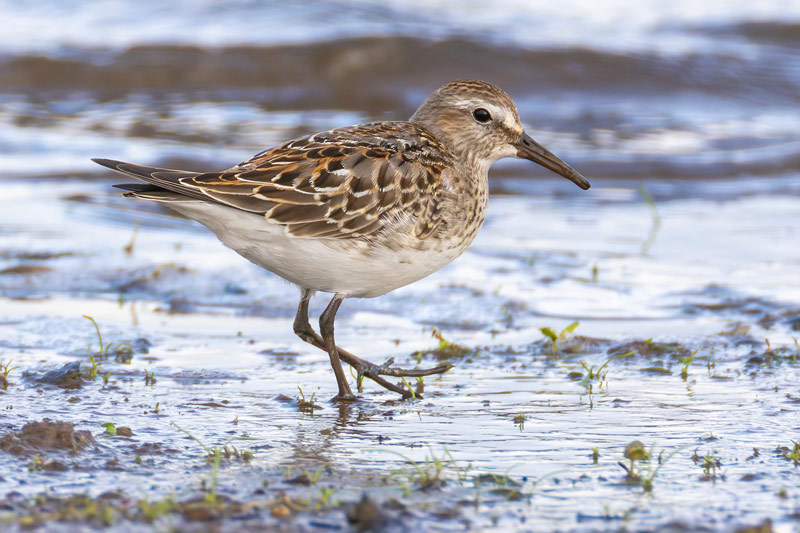
Lingering Baird’s Sandpiper remained at Colliford Lake (Cornwall) on 17th-20th, and on South Uist (Western Isles) on 18th.
Co.Wexford remained the hotspot for Semipalmated Sandpiper this week, with three birds again noted at Tacumshin on 19th. Further Irish examples were to be seen in recent days at Black Rock Strand (Co.Kerry) again on 19th; and in Co.Cork at Macroom on 18th and The Gearagh on 20th-21st.
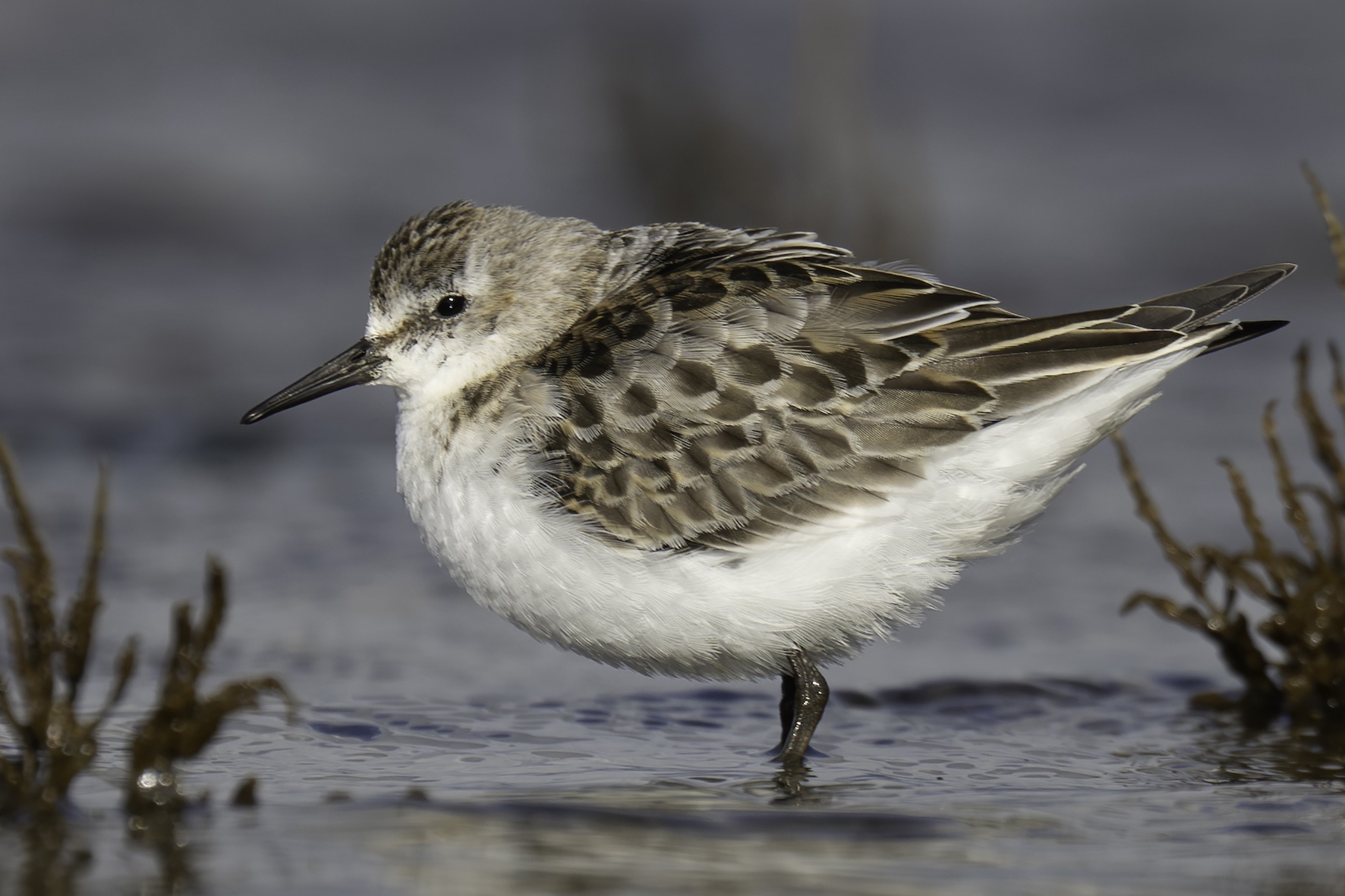
In Scotland the faithful Western Sandpiper remained in Ayrshire at Maidens on 20th-22nd.
Our only Temminck’s Stint this week was one present at Slimbridge WWT (Glouucestershire) on 18th-23rd.
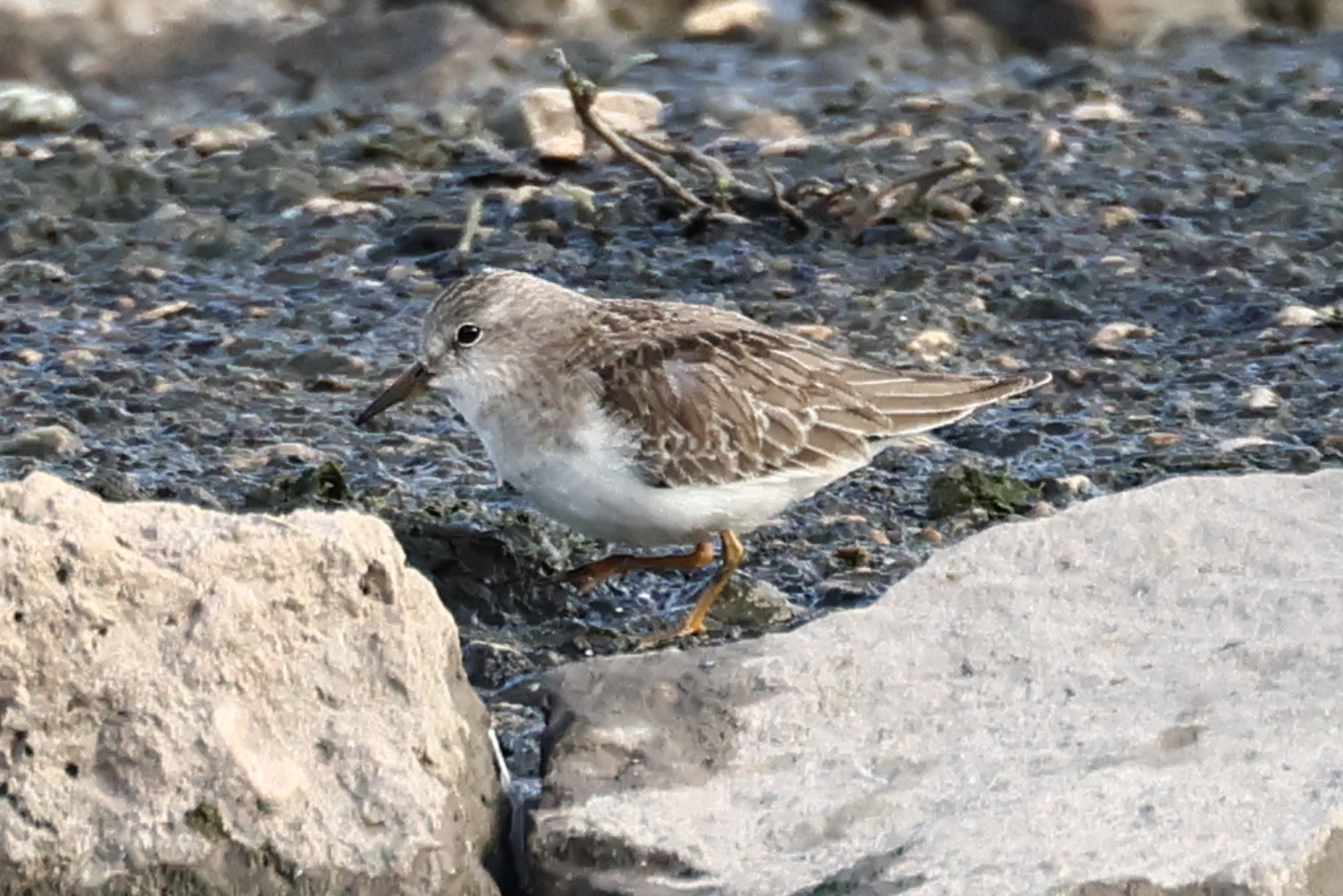
Pectoral Sandpiper more or less made it to double figures as a whole over the course of the week. Birds remained at Lough Beg (Co.Derry) on 17th; Tacumshin (Co.Wexford) on 17th-19th; Hollowell Reservoir (Northamptonshire) on 17th-21st; at Lady’s Island Lake (Co.Wexford) on 19th; and Lough Beg (Co.Derry) on 17th-20th. Additional sightings came from Cley (Norfolk) and Waterford (Co.Waterford) on 17th; Easington Lagoons (East Yorkshire) on 17th-22nd; and Standlake (Oxfordshire) on 22nd, and Myroe Levels (Co.Derry) on 22nd-23rd.
The Spotted Sandpiper remained on St Agnes (Scilly) on 17th-18th.
The juvenile Marsh Sandpiper was seen for the last time at Musselburgh (Lothian) on 17th.
Sightings of Lesser Yellowlegs came this week in Ireland at Lurgangreen (Co.Louth) still on 17th, and in Co.Wexford at Tacumshin on 17th-22nd, and Lady’s Island Lake on 19th; and in Britain on South Uist (Western Isles) on 17th still, and at Truro (Cornwall) on 17th-23rd still.
Both recent Long-billed Dowitcher were still on offer this week, at Tacumshin (Co.Wexford) on 17th-22nd, and Montrose Basin (Angus) on 17th-19th.
American Golden Plover threatened to break the 20 individuals ceiling in Britain and Ireland this past week, with 17 birds in total recorded across the region. Notable were two birds present at Annagh Beach (Co.Mayo) on 20th-21st.
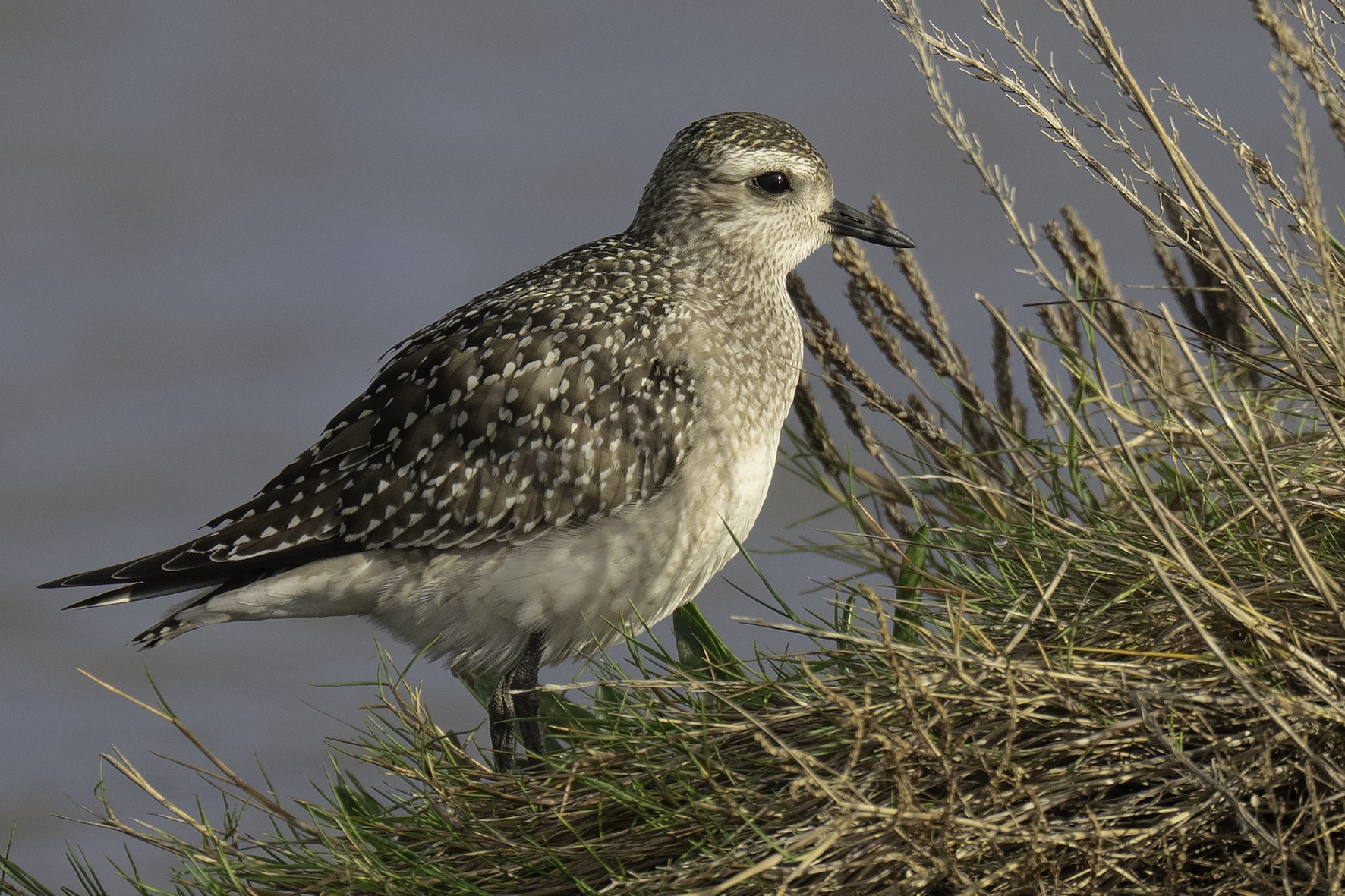
Further tardy Dotterel were seen this week at Loop Head (Co.Clare) on 19th, Tarnbrook Fell (Lancashire & North Merseyside) on 22nd, and Papa Westray (Orkney) on 23rd.
Lastly, a handful of Grey Phalarope were seen this week – single birds off Fife Ness (Fife) on 17th; at St Gothian Sands LNR (Cornwall) on 19th; off Pendeen (Cornwall) on 20th; passing Holme Dunes (Norfolk) on 22nd; and on 23rd at Easington (East Yorkshire).
Plenty of sightings of Bonaparte’s Gull enlivened the bin-bag botherers this week, not least in Northumberland where a bird was seen on 18th at Bamburgh, on 19th-21st at Holy Island, and on 21st-23rd at Bamburgh again. One remained in Highland & Caithness at Dunnet Bay on 19th, with an adult seen on 23rd at Loch Gairloch; and Irish sightings came from Cloughey (Co.Down) on 18th-19th, and Rathlin Island (Co.Antrim) on 21st-23rd.
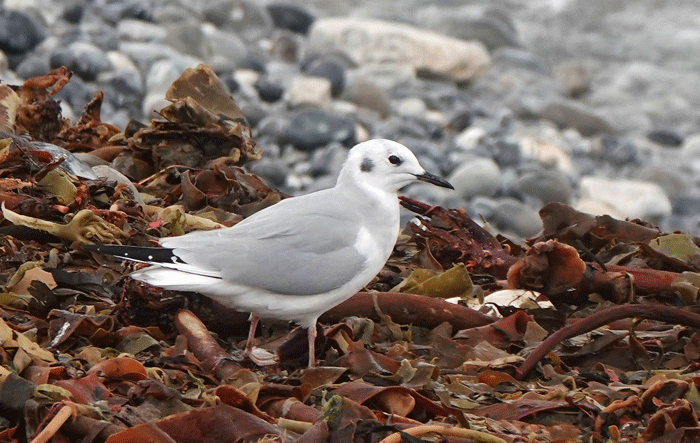
Numbers of Sabine’s Gull picked up again this week, with around 30 birds in all noted nationwide. Peak count were six seen from Pendeen (Cornwall) on 20th, with two off there the following day; while three were seen on 20th elsewhere in the county at St Ives; and four from St Ives on 23rd.
An adult Ring-billed Gull was present at Ring (Co.Cork) on 23rd.
Fourteen Glaucous Gull were logged during the course of the week, but our only Iceland Gull sightings came from Lewis (Western Isles) on 17th and 21st, North Ronaldsay (Orkney) on 22nd, and north of Mull (Argyll & Bute) on 23rd.
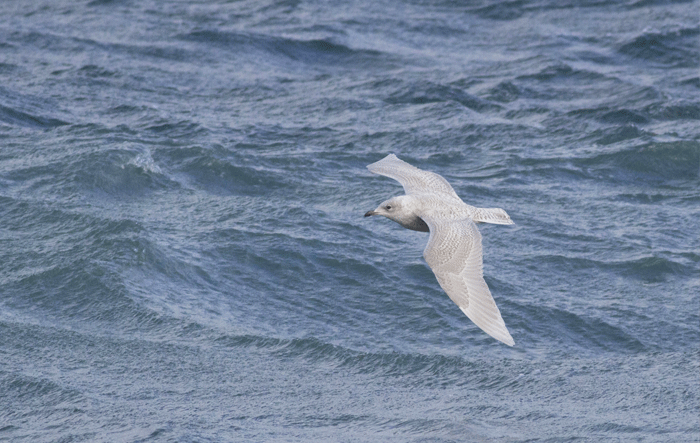
To conclude, back to where we began the gull’n’terns this week, Northumberland, where a juvenile White-winged Black Tern wandered around on 20th, seen at Maiden’s Hall Lake, East Chevington NWT, and Druridge Bay CP. On 23rd it was back again, seen at Druridge Bay CP initially, and latterly at East Chevington NWT.
Harriers of various hues continued to keep the weekly raptors interesting, the pick of them being once again the two Northern Harrier, a male and a juvenile, still present at Tacumshin (Co.Wexford) on 17th-22nd.
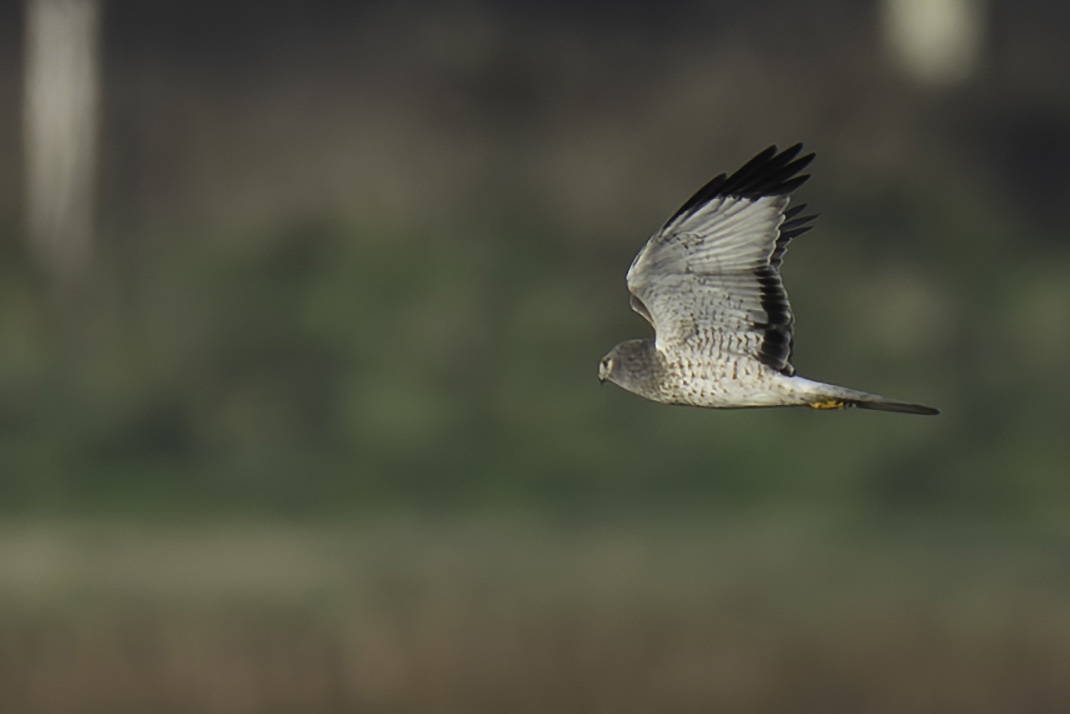
More food for thought from a wintering perspective came in the form of the male Pallid Harrier again at Dowrog Common (Pembrokeshire) on 19th-22nd; while the female remained in Glamorgan at Llanrhidian Marsh on 17th-22nd; and the female was back in Norfolk at North Point Pools on 17th, and Warham Greens on 18th-20th. A further juvenile was seen in Norfolk at Snettisham CP on 21st, and a possible at Ythan Estuary (Aberdeenshire) on 23rd.
A Rough-legged Buzzard was present on Rathlin Island (Co.Antrim) on 18th-21st. Another was reported from Sleddale (Cleveland) on 22nd; and a confirmed bird was seen on 23rd at Park Nab (North Yorkshire).
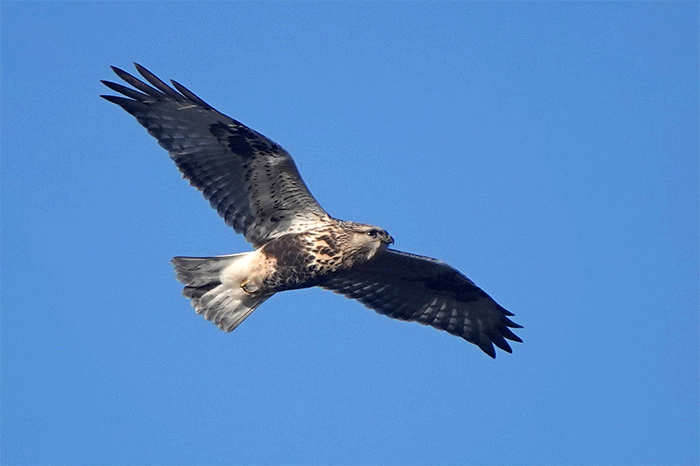
In Kent, the juvenile Red-footed Falcon was again seen at Elmley NNR on 18th; was this one and the same bird as that seen at Dungeness on 19th?
Further intrigue, given the easterly tenor of the week’s birds generally, came in the form a Saker seen in Norfolk at Holkham Bay on 22nd.
Particular mention needs to be made of Fair Isle (Shetland) in the opening salvoes of the remainder of the round up, for the magic isle was enjoying a true purple patch this past week – granted, not a bird of the calibre of North Ron’s fleeting headliner Rufous-tailed Robin, but none present on the island would be complaining about a meena Western Oriental Turtle Dove on 19th, nor the island’s second-ever Isabelline Wheatear on 21st.
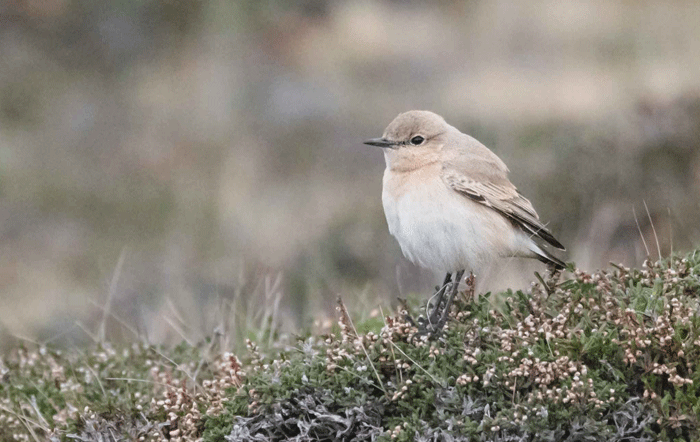
Up at the other end of Shetland, lingering quality remained on Unst this week, with the recent Blackpoll Warbler still present on the island on 17th-19th.
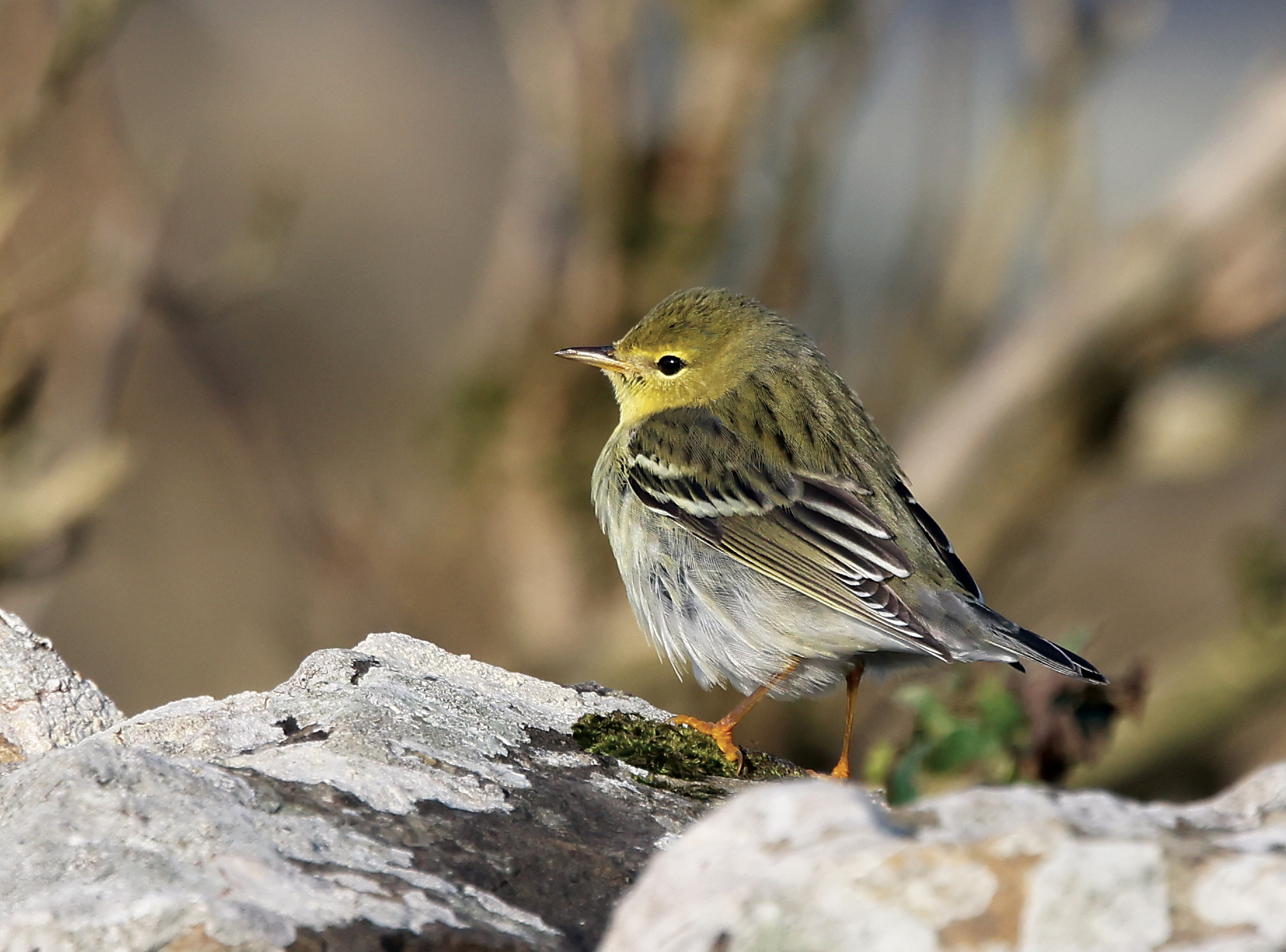
At this juncture, with the Nearctic in mind, we need to revisit further belated news, not quite dialled up to 11 on the Great Crested Flycatcher Disappointment Scale, but still middling high upon it… news of a dead Black-billed Cuckoo found in Devon at Ilfracombe on 5th. Only the seventeenth British record of this famously fragile species, and the first for almost a decade. The transatlantic crossing is clearly a step too far for them – we’re lucky if one’s found at all, let alone with its vital spark still dimly glowing.
Still more belated news had a happier outcome – a live and kicking Red-eyed Vireo recorded on a trailcam on Lewis (Western Isles) on 12th.
Lingering American Pipit remained this week in Ireland on Inishmore (Co.Galway) on 17th-23rd; and on Scilly on St Agnes on 17th-18th. Further Scillonian sightings then followed on St Mary’s on 19th-20th and 22nd-23rd.
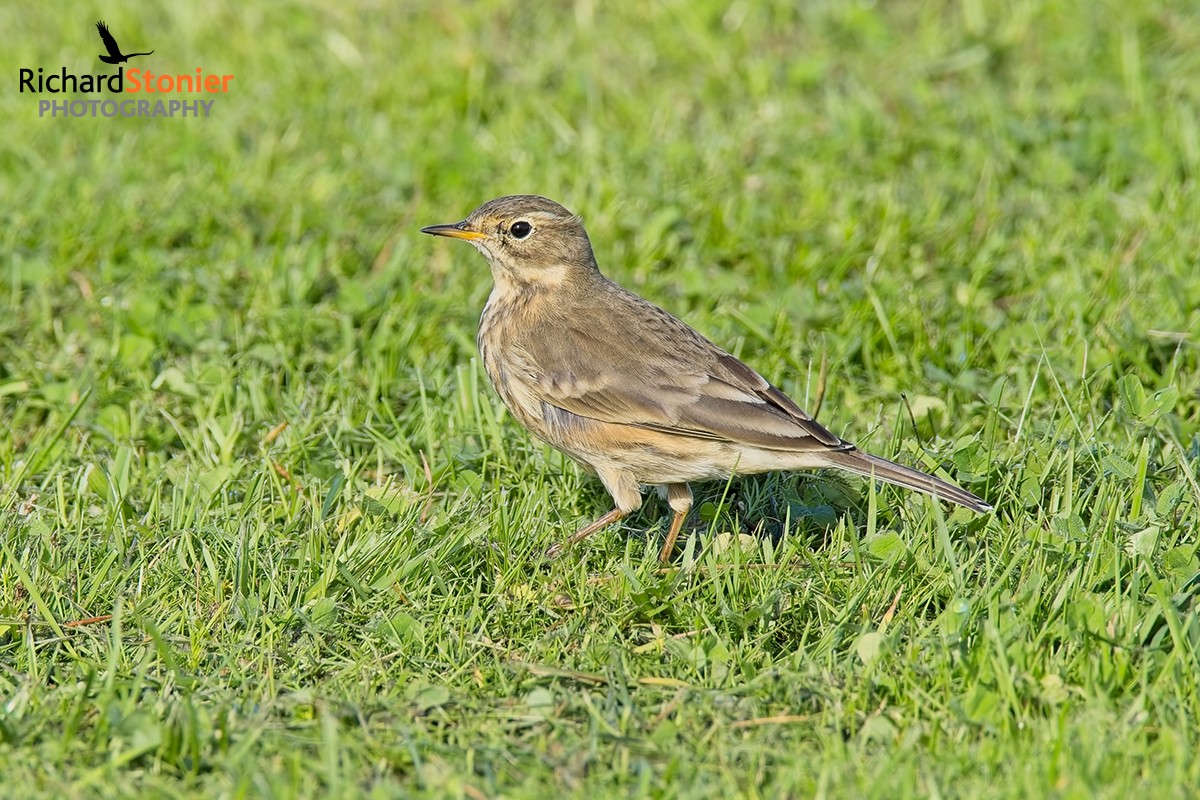
Red-throated Pipit this week were found on North Ronaldsay (Orkney) on 18th-20th, and at Exmouth (Devon) on 20th-21st.
Fair Isle (Shetland) boasted an Olive-backed Pipit on 21st-23rd, with another that day on Mainland near Hoswick; and a possible overflew Spurn (East Yorkshire) on 20th.
Richard’s Pipit broke into double figures this week, with 10 birds recorded, from Shetland in the north to Scilly and Kent in the south.
A Black-throated Thrush was trapped and ringed on North Ronaldsay (Orkney) in the evening of 23rd.
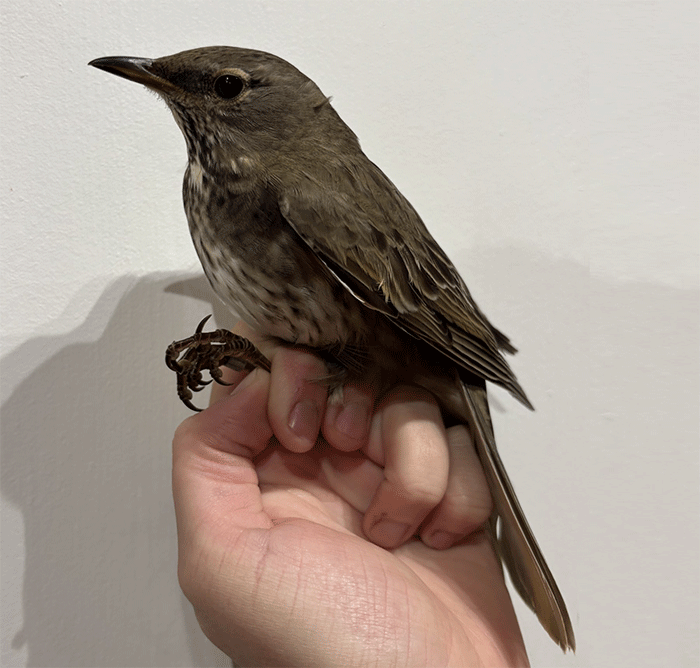
Kent landed a Red-flanked Bluetail at Margate Cemetery on 18th-22nd.
Bluethroat meanwhile were seen on Fair Isle (Shetland) on 19th and 23rd (with two present on the latter date), at Donmouth (Aberdeenshire) on 20th, and on Sanday (Orkney) on 23rd.
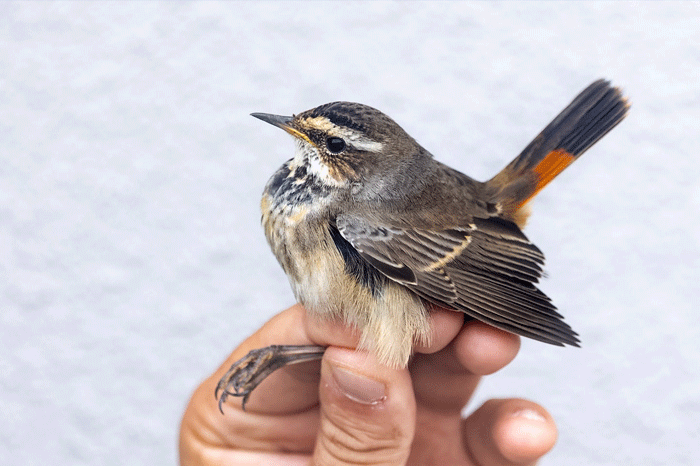
Generating far more heat and light in Aberdeenshire this week was a golzii Eastern Nightingale present at Rattray Head on 20th-22nd, and attracting a small but steady stream of admirers of this interesting eastern form.
Numbers of Red-breasted Flycatcher dropped away to a mere half dozen – birds being seen on Scilly on St Martin’s still on 17th, and St Mary’s on 17th; on Shetland on Bressay on 17th-18th; on Portland (Dorset) on 18th-20th; trapped and ringed on Isle of May (Fife) on 18th; on Galley Head (Co.Cork) on 19th; and at Sullom (Shetland) on 23rd.
A Brown Shrike settled at Upper Hollesley Common (Suffolk) on 22nd. It’s rather hard to believe that this was the first record of the species in Suffolk, given the regularity with which Brown Shrike have been turning up in Britain as a whole in recent years, but that’s what it was, and was duly popular as such.
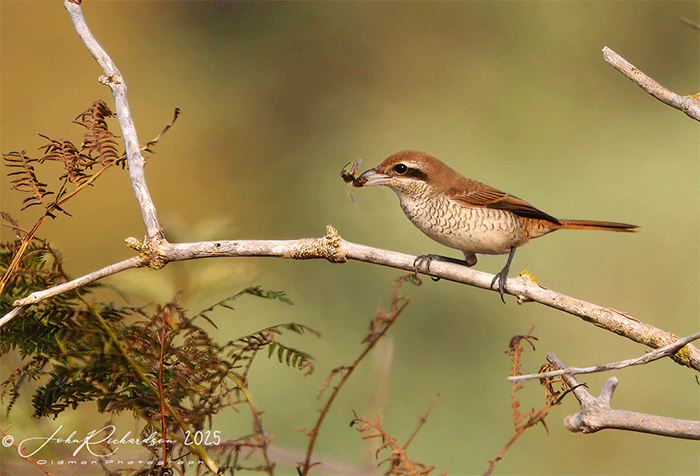
Red-backed Shrike remained on Barra (Western Isles) on 17th, and Skokholm (Pembrokeshire) on 17th-21st; further examples were seen on 18th at Flamborough (East Yorkshire), on 19th on Hook Head (Co.Wexford), and on 21st on St Mary’s (Scilly).
A Steppe Grey Shrike turned up in Cornwall at Mullion Cove on 19th-22nd; another was photographed in Shetland on Mainland at Spiggie on 22nd.
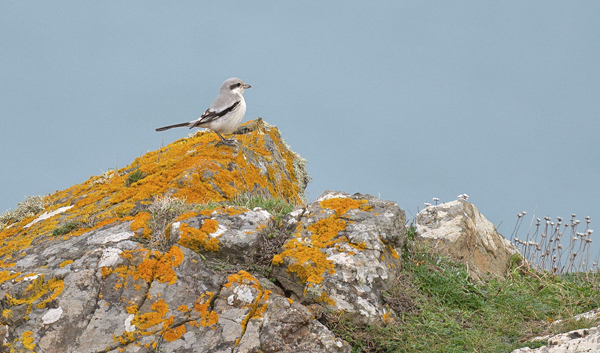
Great Grey Shrike were seen this week at Worth Marsh RSPB (Kent) still on 17th-18th; in Woolmer Forest (Hampshire) on 18th-19th; in the wider Cley and Walsey Hills area of Norfolk on 20th-22nd; and at Thursley Common (Surrey) on 22nd. Another was reported on 22nd from Rutland Water (Leicestershire).
Norfolk landed a Hoopoe at Dickleburgh 17th, with a probable reported from Titchwell RSPB on 18th; one was seen in Essex at Bury Wood on 19th; one settled on Mull (Argyll & Bute) on 20th-22nd; another at Scailp An Chait (Co.Galway) on 20th-21st; and a further bird at Glosh (Co.Mayo) on 21st.
Wryneck were seen on Scilly on Bryher on 17th-18th still; St Mary’s on 17th-22nd still; and St Agnes on 19th. Further birds this week were on Portland (Dorset) still on 17th-21st, and at Carharrack (Cornwall) on 21st.
Shetland enjoyed a few Waxwing this week, birds seen on Mainland at Maywick and Aith on 21st, in Lerwick on 22nd and 23rd, and at Kergord on 23rd; another was present at Kilbaha (Co.Clare) on 17th; and two in Finstown (Orkney) on 23rd.
A Short-toed Lark was seen on Mainland Shetland at Ringasta on 21st.
A Pallid Swift was seen in North Yorkshire on 22nd at Long Nab followed, later in the day, by a probable at Filey. A further possible was seen in the blustery and rainy conditions of 23rd at Reculver (Kent).
The juvenile White-throated Needletail was again reported this week on 23rd, now in Aberdeenshire at Loch of Strathbeg RSPB.
Eastern warblers continued to be found in some numbers this past week, with Yellow-browed Warbler still the vanguard of their kind, with some 450 birds noted across Britain and Ireland.
Several Hume’s Warbler were picked out among them – birds being seen at Warham Greens (Norfolk) still on 17th-18th; at Bockhill Farm (Kent) on 17th; at Happisburgh (Norfolk) on 19th; near Stiffkey (Norfolk) on 20th; at Sammy’s Point (East Yorkshire) on 20th-21st; and on Tiree (Argyll & Bute) on 21st.
Numbers of Pallas’s Warbler picked up, with around 20 birds seen across Britain and Ireland.
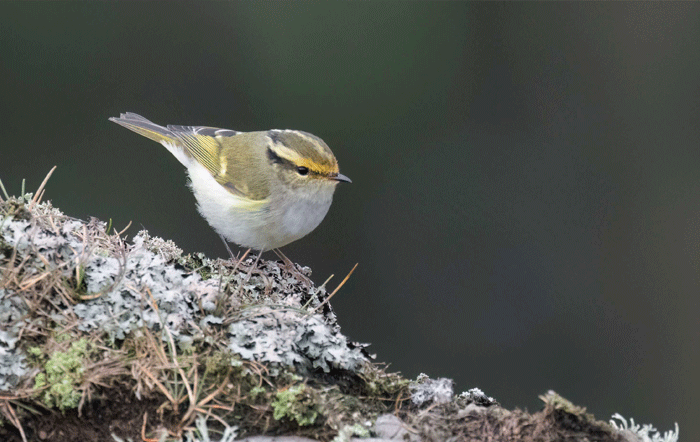
Honours were fairly evenly split between Britain and Ireland for Radde’s Warbler – British birds seen at Ramsgate (Kent) on 17th, Portland (Dorset) on 18th-19th, and trapped and ringed on North Ronaldsay (Orkney) on 23rd; and Irish examples seen on Rathlin Island (Co.Antrim) on 18th, and Cape Clear (Co.Cork) still on 19th.
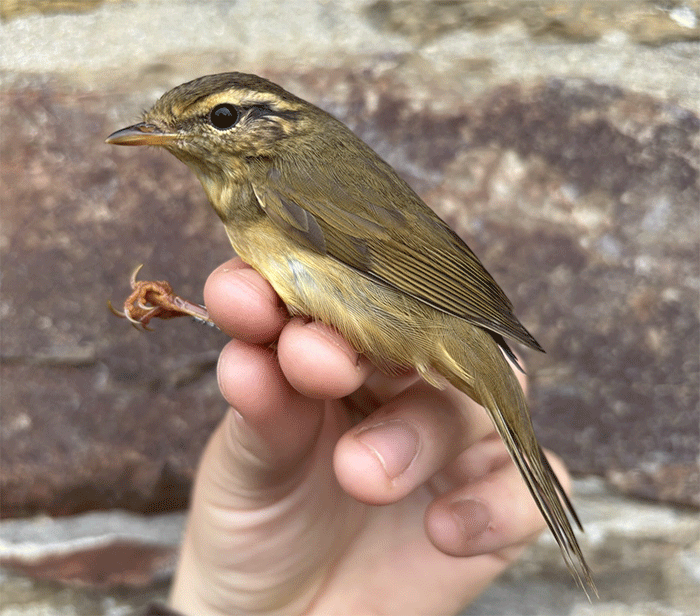
Half a dozen Dusky Warbler were logged during the week – at Walsey Hills NOA (Norfolk) still on 17th-21st; on Tresco (Scilly) on 18th; reported in East Yorkshire at Easington on 18th, and seen at Spurn on 20th-21st; in Norfolk at East Hills on 18th, and Blakeney Point on 19th; and on The Lizard (Cornwall) on 22nd.
The Greenish Warbler was again seen on St Mary’s (Scilly) on 18th.
A Paddyfield Warbler was found on Fair Isle (Shetland) on 23rd.
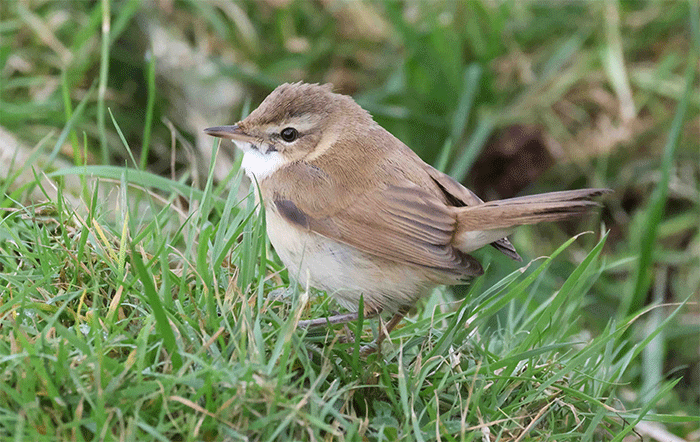
Numbers of Barred Warbler just about crept into double figures for another week. Their time is fast passing for another year now…
However, apparently going nowhere now, at least three Zitting Cisticola remained in Suffolk at Walberswick on 21st.
Common Rosefinch were becoming a scarcer commodity now, with four birds logged in recent days – at Rascarrel (Dumfries & Galloway) on 17th; on St Mary’s (Scilly) on 17th; at Sumburgh (Shetland) on 18th; and on Cape Clear (Co.Cork) on 18th-19th.
A Serin was noted passing over Pennington Marshes (Hampshire) on 18th; another in Norfolk on 22nd at Hunstanton; and one at Spurn (East Yorkshire) on 22nd also.
A probable exilipes Coue’s Redpoll was seen on Yell (Shetland) on 22nd; and a hornemanii individual at Sullom on Mainland Shetland on 23rd.
An Ortolan Bunting was on Cape Clear (Co.Cork) on 19th, with Cape Clear also enjoying a Rustic Bunting on 21st. An Ortolan was also seen on St Mary’s (Scilly) on 23rd.
Little Bunting continued to crop up – birds were logged this week on St Mary’s (Scilly) on 18th-21st; on Dursey Island (Co.Cork) on 19th; at Spurn (East Yorkshire) on 20th; in Shetland on 21st-22nd on Mainland at Quendale (with two present there on 22nd) and on Unst on 21st and 23rd; on 21st-23rd on North Ronaldsay (Orkney); and at Kilnsea (East Yorkshire) and Cuttcleaves Cove (Dorset) on 22nd. A probable was noted over The Naze (Essex) on 18th.

We start the overseas news this week close to home, in France, where French birders’ excellent autumn run continued apace. Steppe Eagle sightings came on 17th from Plogoff and Ouessant, and on 22nd at Brignogan-Plage; while Ouessant also enjoyed Black-faced Bunting on 17th, and Swainson’s Thrush on 21st.
The returning drake Spectacled Eider remained in the Netherlands this week off Texel on 17th-22nd; the Pygmy Cormorant at Natuurpark Lelystad on 20th-23rd; and the Western Swamphen at Zevenhuizen on 20th-23rd.
Norway’s autumn has been none too shabby thus far, and the pace remained high this past week with a Tennessee Warbler trapped and ringed on 17th at Molen, and an Upland Sandpiper found on 20th at Ona.
The Faroe Islands landed a Scarlet Tanager on Vagar in a garden on 17th.
The recent Red-footed Booby remained in Portugal on 17th at Baleeiro Harbour.
On Cape Verde, the Willet remained on Boa Vista on 21st; and a Sardinian Warbler was seen on Sal on 19th.
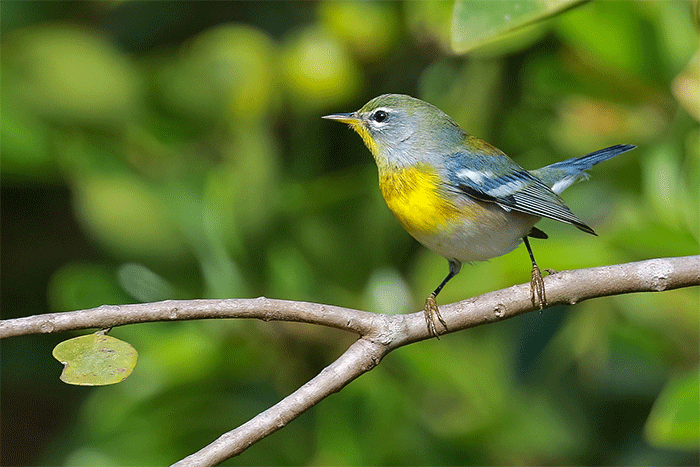
We finish with the usual long roll-call of American birds from the Azores… Corvo enjoyed;
- Ruby-crowned Kinglet
- Scarlet Tanager
- Grey-cheeked Thrush
- Prothonotary Warbler
- Chestnut-sided Warbler
- Black-and-white Warbler
- Magnolia Warbler
- Tennessee Warbler
- Northern Parula
- Northern Waterthrush
- Indigo Bunting
- Red-eyed Vireo
- and Great Blue Heron
…while Flores boasted Common Yellowthroat, Black Duck, Red-eyed Vireo, Semipalmated Plover, and Chimney Swift…
…and Sao Miguel a Belted Kingfisher still.
Final week of October, then. And having (kinda) manifested the Rufous-tailed Robin in Orkney this week, we’re on a roll to see what we can in the coming days.
It’s certainly not too late for a mega American bird to make landfall in Britain and Ireland, and the coming week’s weather charts seem to suggest it’s at least an outside possibility.
History tells us the final week of the month can deliver the goods. It boasts no fewer than five past records of Common Nighthawk for starters, and pushing on for a dozen Yellow-billed Cuckoo. We’ve had standalone megas of the likes of the Ruby-crowned Kinglet on Cape Clear (Co.Cork) on 27th October 2013, and the Varied Thrush on Papa Westray (Orkney) on 28th October – 1st November 2021.
But with Grey-cheeked and Swainson’s Thrush, and Veery all having already fallen anew this autumn, how about a Hermit Thrush?
There are three past records for the coming week, honours split between Scilly in 1984, Co.Cork in 1998, and Cornwall in 2013. Another would be welcome.
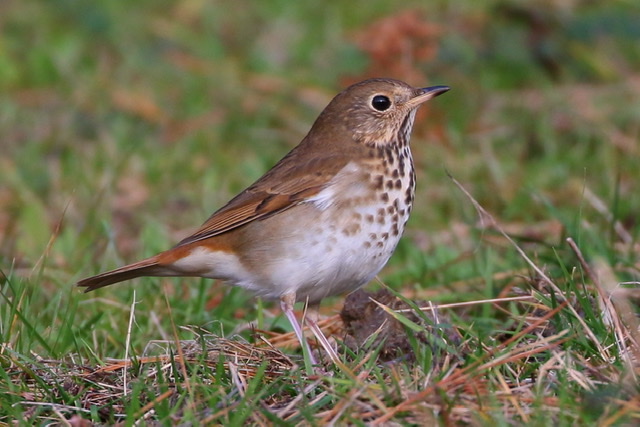
Jon Dunn
24 October 2025
Many thanks to all this week's contributors for your photos and videos
Get Breaking Birdnews First
Get all the latest breaking bird news as it happens, download BirdAlertPRO for a 30-day free trial. No payment details required and you will get exclusive first-time subscriber offers.
Share

















